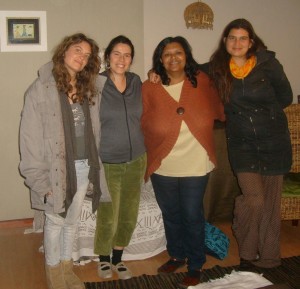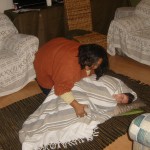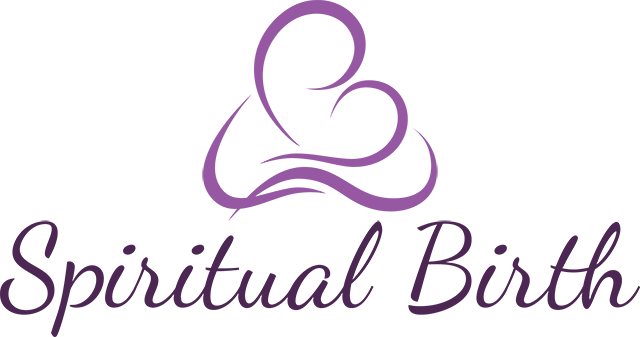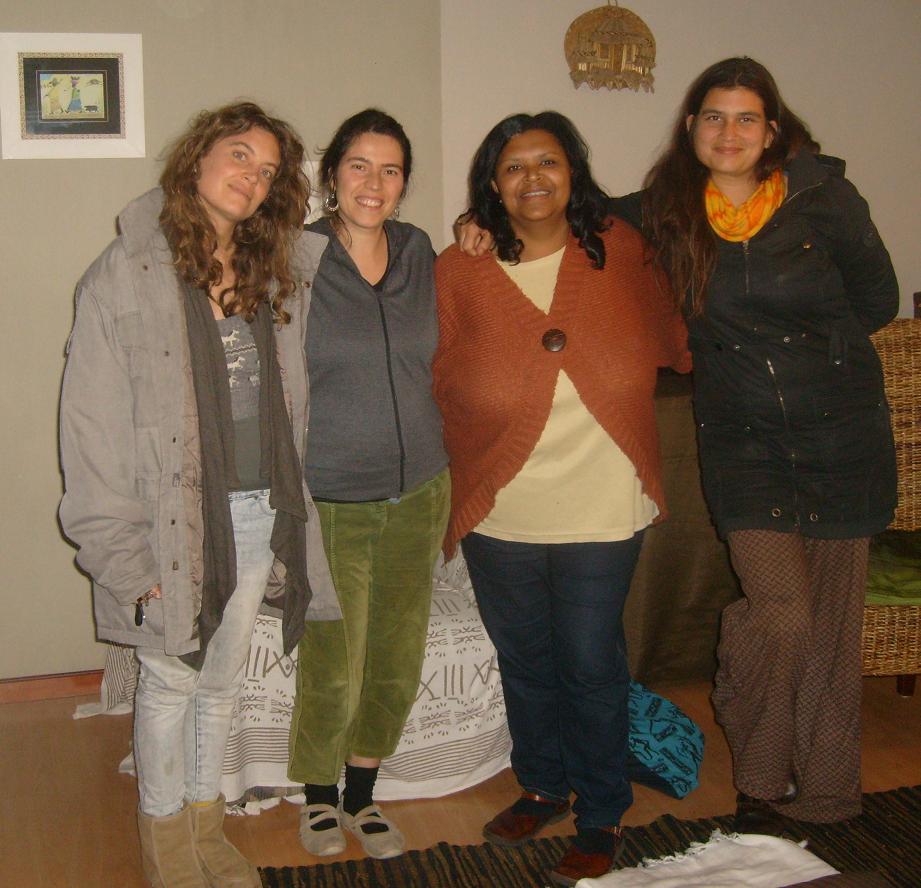I was delighted to present at the recent North American Registry of Midwives (NARM) student seminar of the NARM African Pilot Project here in Cape Town. We began by sharing the difficulties we encounter when learning at the interface between the medical model of care and the midwifery model of care. The opening discussion focused on

I presented a schematic summary of the neurophysiological foundations of the autonomic nervous system function, which is the part of the nervous system most strongly involved in the labour and birth process. A diagram of the different levels of brain function and how traumatic events affect and are stored in the autonomic nervous system as well as the limbic system of the brain. How a traumatic imprint may affect a woman’s anticipation and experience of labour was explained. We also discussed the sympathetic and parasympathetic responses, now joined by a third response, that of the attachment and social communication response according to the polyvagal theory.

After more tea and biscuits, we did a birth simulation exercise to show the connections between how we are born and how we respond to being with women during labour and birth. The seminar ended promptly at 6pm and we returned to meeting the respective needs of our own families, as midwives should!


Marianne,
I am so encouraged by this post, and news of the NARM students. I hope I will get the chance to meet some of them in a few short years; when next I am home.
Bless you for all you do to further the role of of the CPM,
Mandy H.
So exciting to know that this is happening in Cape Town. I don’t know what is happening in the rest of South Africa, but I do hope that things like this will start happening all over!
Thank you Lana for your comment. We cannot always control the outcomes though we can grow through them into a greater awareness of ourselves and the dynamics and continue to strive for the flow of love that happens when people really connect with each other and themselves, in birth as in life!
Thanks Marianne, Yesterday’s session was definitely a good exercise in evaluating ones own role in the greater scheme of this thing called childbirth.
I for one can see how my behaviour, beliefs & impressions can enhance or contaminate a woman experience of labour. But it is a process to strive towards as many positive outcomes as possible.
Lana